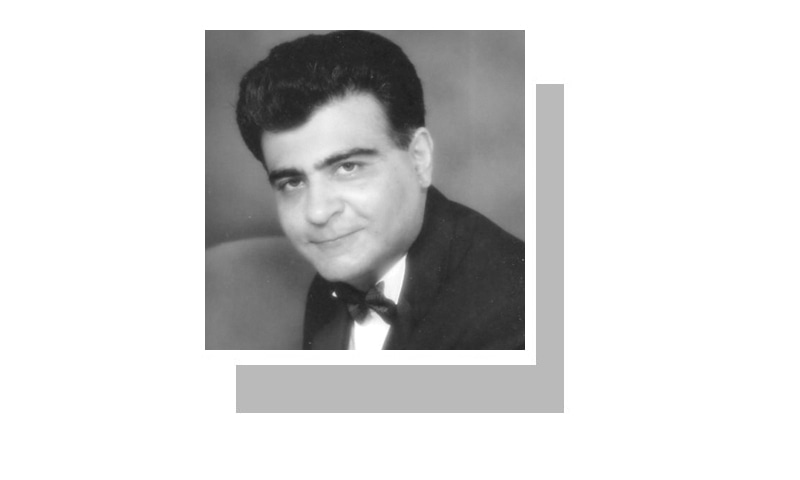
POLITICAL geography examines how the nature of politics in specific geographies is influenced by local socio-economic factors. Applying this lens to Pakistan’s immense and varied geography yields interesting insights into the factors influencing its politics.
It helps in analysing why parties with certain types of political bases dominate certain regions, eg, PML-N in Punjab, PPP in rural Sindh, and MQM in metropolitan Sindh. Analysts lament the stranglehold of ‘feudals’ over politics. However, ‘feudals’ or large land-owners today dominate politics in certain regions only and have been replaced by a wide range of other players elsewhere, including industrialists, traders, middlemen, and urban mafias.
Punjab, the biggest and most prosperous province, was once dominated by large landowners. The landlord-dominated Unionist Party won the 1937 elections there. Muslim League’s win in the 1946 elections was also owed to their migration into its folds. But while even today the PML dominates Punjab politics, its current leadership bears little resemblance to its 1940s Punjab leadership.
Today, PML-N is led by large industrialists. Even its second tier is no longer dominated by landlords but traders, middlemen and other market elements. This enormous change in leadership reflects Punjab’s huge economic changes. From being largely agricultural, its economy has today diversified to include large components of industry and services sectors. These dominate agriculture even if its value-added may still be larger today.
All actors practise patronage politics.
This economic change is transmitted into politics. Landlords have been sidelined politically, and industrialists rule. Even in the rural areas, especially in northern Punjab, it is not agricultural producers but middlemen who dominate economically and hence politically. While southern Punjab is still agricultural and ‘feudal’, so immense is the influence of northern industrialists that they now dominate southern Punjab politics.
Sindh is the second most prosperous province and has experienced huge industrialisation since 1947. However, Sindh politics is dramatically different than Punjab given its ethnic divide. Its industrialised urban regions are dominated by Mohajirs while its rural areas are inhabited by Sindhis. The lesson of global history is that industry dominates agriculture economically and this economic dominance soon translates into political dominance too, as in Punjab.
However, this has not happened in Sindh due to the ethnic divide. Mohajir urban politicians representing its industrial economy are unable to dominate rural politics in Sindh. Overall, Sindh continues to be ruled by rural elements even though its industrial base is as strong as Punjab’s. Rural Sindh’s politics comes closest to the caricature of ‘feudal-dominated’ politics though in-depth analysis may reveal that players from smaller towns also have a major role in rural Sindh politics today.
Karachi is Pakistan’s most industrialised, globalised and prosperous city and to the extent that economics affects politics, one would expect its politics to be more advanced in terms of reflecting issues-based, merit-oriented political patterns. But Karachi’s politics is nothing of the sort and is dominated by lower-middle-class urban mafias. Thus, the most astonishing aspect of Pakistani political geography is that even the politics of its most modern and economically advanced region is so backward.
KP and Balochistan’s politics is less settled, for the ruling parties there change frequently. More mountainous KP’s rural landscape is different than that of plains-dominated Punjab and Sindh. KP lacks the large landholdings and consequently the large landlords that Sindh and southern Punjab have. Its politics is dominated by a more varied set of players, including smaller landowners, urban professionals, clerics and middlemen. Central Balochistan’s politics is dominated mainly by tribal leaders while that of northern and coastal Balochistan, like KP, is dominated by a more varied set of players including mid-sized farmers, urban professionals and clerics.
Thus, Pakistani politics reflects different patterns in different regions, with very different types of actors dominating. But the common thread is that all actors, including landlords, industrialists, clerics and middle-class people, practise patronage politics. This reflects the fact that by the standards of advanced global economies, even Punjab and Karachi’s economy is backward, producing low-end goods. Elites in such economies do not need much merit or high skills and consequently patronage rather than merit-based politics dominates there.
So strong is the influence of patronage politics that leftist politicians have abandoned Marxism and right-wing politicians’ Islamic ideology to gravitate towards patronage-dominated centrist politics. Until Pakistan’s economy graduates to a more advanced status, its politics will not change rapidly. This should serve to dampen the false hopes of those who forever seek short cuts to good governance.
The writer heads INSPIRING Pakistan, a progressive policy unit.
Published in Dawn, August 16th, 2016










































